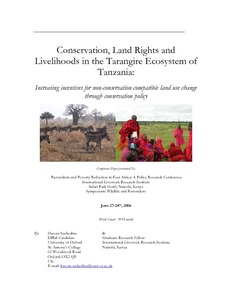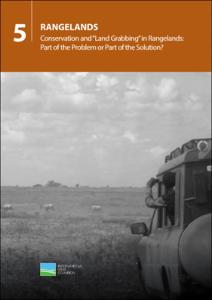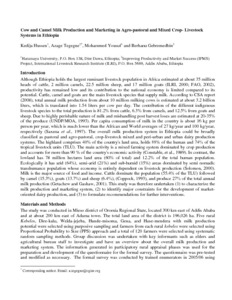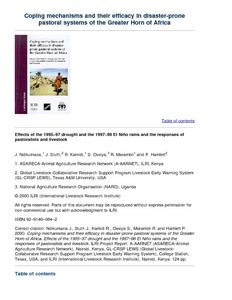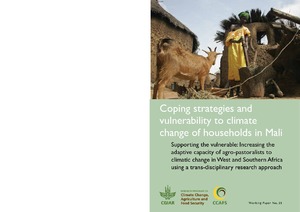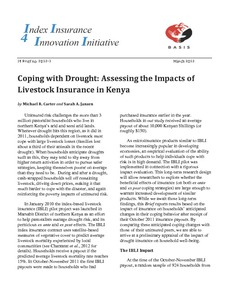Considering pastoral issues in Ethiopia: Report of an informal learning 'conversation' at ILRI, Addis Ababa, Ethiopia, 15 July 2010
Conservation and “land grabbing” in rangelands: Part of the problem or part of the solution?
Large-scale land acquisitions have increased in scale and pace due to changes in commodity markets, agricultural investment strategies, land prices, and a range of other policy and market forces. The areas most affected are the global “commons” – lands that local people traditionally use collectively — including much of the world’s forests, wetlands, and rangelands. In some cases land acquisition occurs with environmental objectives in sight – including the setting aside of land as protected areas for biodiversity conservation.
Counting in a disappearing land: people, livestock and wildlife
Cow and camel milk production and marketing in agro-pastoral and mixed crop-livestock systems in Ethiopia
Coping strategies and vulnerability to climate change of households in Mali
Variable and low rainfall patterns combined with increasing population pressure have led to natural resources degradation in the Mopti region of Mali. This has forced both agricultural and pastoral communities to transform their production systems and social relations. To assess the adaptive capacities of these agro-pastoral communities to climate change, a participatory survey was conducted in the region between February and May 2009. The survey covered in total 175 households, covering 60 households per agro-ecological zone (i.e.
Coping with drought: Assessing the impacts of livestock insurance in Kenya
Dairy subsector of the agropastoral household economy
Reports findings from a study of spheres of influence of men & women, esp. as they affect the dairy subsector, in Fulani agropastoral households in Nigeria; with particular reference to decision making & control over herd management; milking; allocation & utilisation of milk; milk processing & marketing; household income from milk sale; womens' household expenditure and investment in agropastoral production. Analyses implications of these for development of dairy production.
Crop-Livestock Interaction in Sub-Sarahan Africa
Describes interactions between cropping & livestock husbandry in an area of Fulani settlement arid farming groups at Abet and in a Fulani agropastoral system at Kurmin Biri, both in subhumid Nigeria, identifying the linkages as being feed from fallow land crop residues (CR) grazing and use of cattle manure in cropping w.

